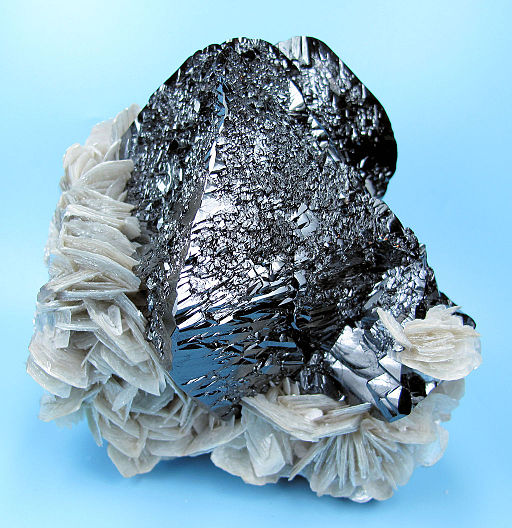It is not known how exactly the Egyptians discovered the smelting of tin. In some ways, it is a bit surprising. Cassiterite, SnO2, the mineral used as the ore for extracting tin, is extremely difficult to find and not particularly noteworthy, i.e., it does not stand out in the field. It is hard and, like gold, has a high specific gravity. Having a high specific gravity means that flakes or nuggets of cassiterite, like gold, would settle to the bottom of a slurry if panning for gold. So, while it is difficult to find sources of cassiterite it might have been possible to backtrack upstream by finding cassiterite flakes downstream of sources.
While it might be counterintuitive to think that the Egyptians added an even softer metal, tin, to copper to make it harder, it is possible that the Egyptians thought that whatever made cassiterite hard would be transferred to the copper. The smelting of tin is very similar to the smelting of copper. Charcoal is also used as the reducing agent. Tin, unlike copper, is too soft for practical purposes. However, when it’s mixed with copper in small amounts, typically 5 – 10% tin, it can produce a much harder metal than unalloyed copper or tin. Please proceed to the next section to learn more about this new harder metal, bronze.
